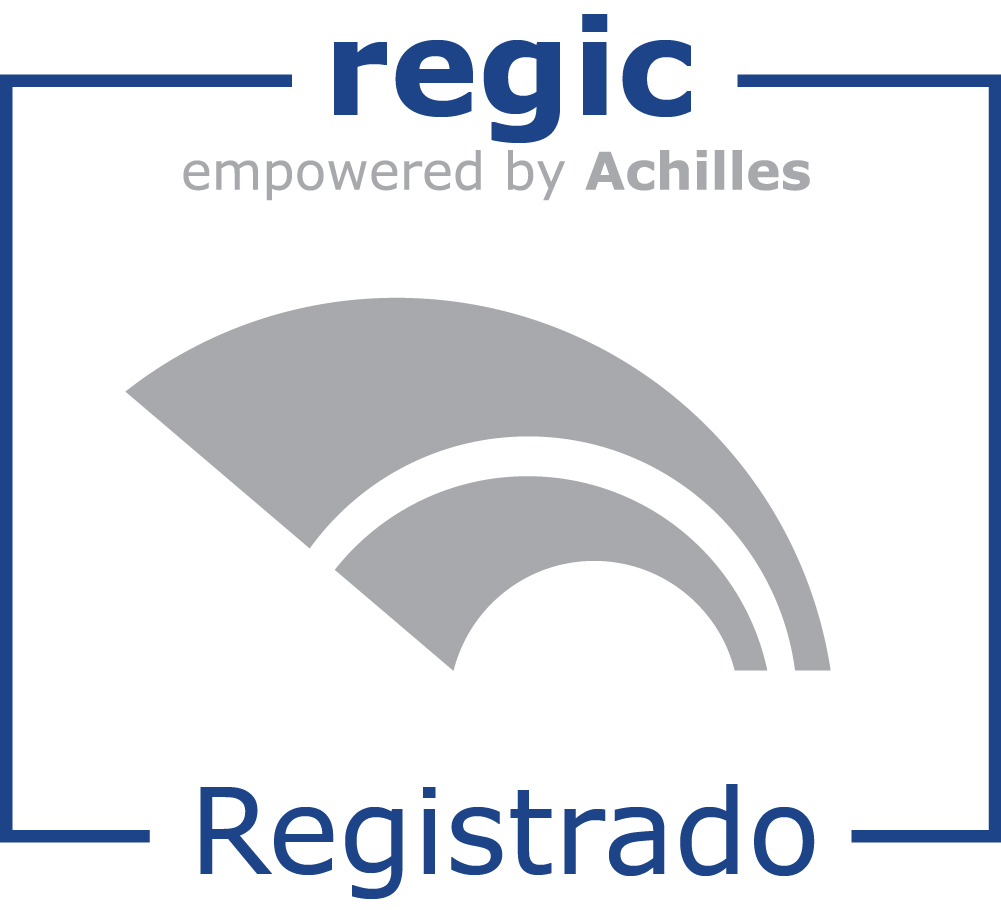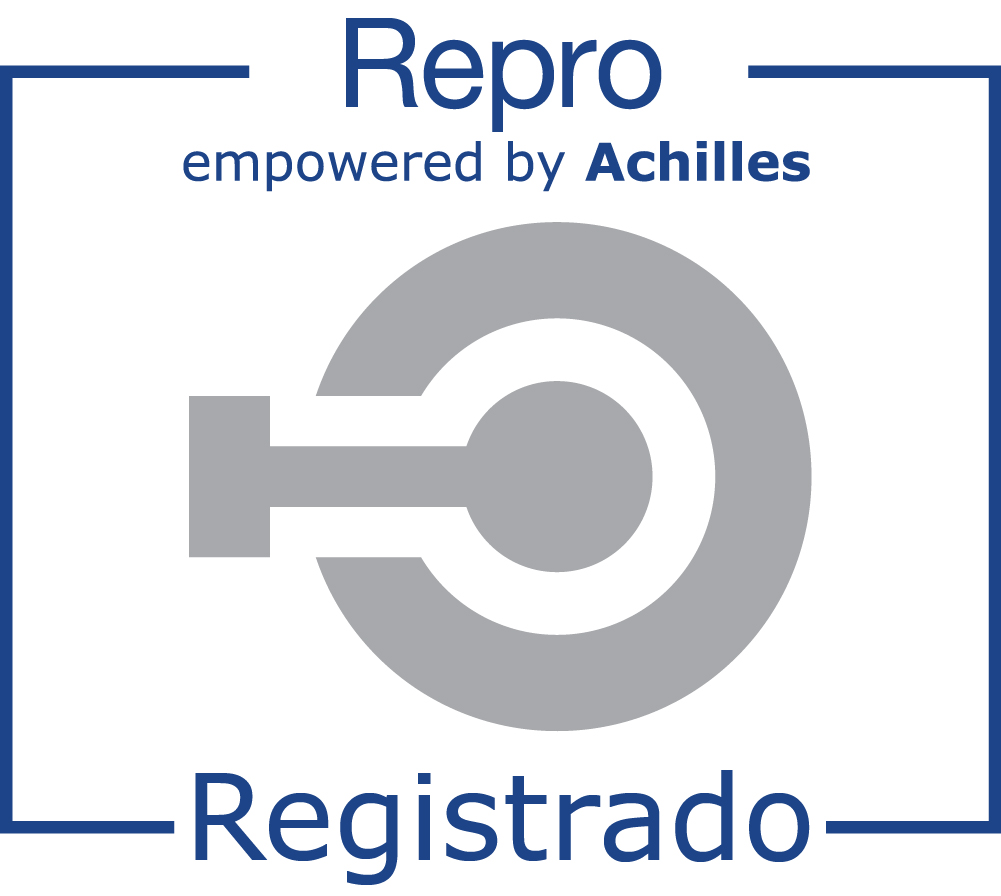| So you want to be a consultant A CIO who's been there tells how to take the leap. |
|
Doug Lewis
CHILE-OFFSHORE comment: This is an article that gives you advice as can be a computer consultant. Especially for someone like us those who are removed from a steady job to a totally different world.
November 29, 2004 (Computerworld) I had been retired exactly one week, and panic had already set in. What was I going to do every day? I had worked since I was 14, and I'd been in a corporate environment for the past 37 years.
Research the company and the client before you make contact. Exercise your network of contacts to learn as much as possible. A quick Google search for news about both can yield insight about problems that you may be able to help solve. Hoovers.com gives companies' detailed financial results as well as lists of key executives. After you've done your research, match up what you have learned with what you can do for potential clients. Unless you find a way to get in front of your customer, you can't even start to make any connection. You need to realistically match your "access privileges" to your selling ambitions. Unless you personally know GM's CEO, don't build your business goals around selling to him face to face. My value proposition was to apply my experience to solve a customer's business problem. I needed not just to understand his view of his problem, but to determine the underlying causes and how to fix them. I knew my customers would either already know me or know of me through a trusted source. I wasn't going to sell myself through a Web site, so my Rolodex was my source of potential clients. 4. How are you pricing your product? Your product is your time, your knowledge and what you can do with your knowledge. You must know how much to ask for your time as a consultant and how to best package the bill. There are a few heavy hitters getting $600 to $1,000 an hour, but there are a ton of little guys happy to get $100 an hour. Set your price below a certain point, and you're better off bagging groceries. Above a certain level, you will go a long time between engagements ... like forever. I decided to position my price below the heavy hitters who get $600 and up but high enough to set myself apart from the hoard of guys at $100 an hour. For some engagements, I charged on a per-hour basis at $400. I set a policy of never discounting my rate. People talk, and no one wants to pay more than the last guy paid for your services. For other engagements, I did a "package price." I would negotiate a price where the hourly rate was never disclosed. Some customers get riled when they see you getting $400 an hour -- more than they are making -- but they don't bat an eye paying a lump sum for an engagement that nets out to $400 an hour. I also charged half time for travel, and I traveled in a style consistent with that of my customer. I didn't want to be sitting in first class as my customer walked back to his seat in coach. Sometimes, it's easier to sell the engagement in "chunks" than as a whole. I preferred to break up an engagement into discovery, planning, execution and wrap-up phases, with each phase priced separately. The discovery phase let both the client and me get a better handle on how much the rest of the engagement was going to cost. It also gave both of us an opportunity to bail out of the engagement gracefully if it wasn't a good fit. Adjust your billing strategy to the customer. After all, it's his money. 5. How are you going to find your next buyer?That first customer sometimes comes easily, but when the job ends, that next engagement isn't always waiting. You have to know how you will find your second and third customers -- how you will fill your "sales funnel." Lots of prospects go into the wide part of the funnel, and precious few come out the narrow end. Unless you have a way to fill it, you're in a heap of trouble. My outplacement adviser gave me a great tip for filling the sales funnel. Ask your client for five referrals. Ask him to personally call the five and insist that they agree to a visit from you. This is much stronger than providing favorable feedback on your engagement. My adviser further suggested asking each of the five for advice on potential business outside their companies. He also recommended that I take speaking engagements and write articles. I found the advice to be excellent. I allocated about 20% of my time to new business development. I wrote articles on subjects that interested me with the idea that other CIOs would find them interesting and might want to do business with me. I made time to speak at CIO gatherings. I also learned to assess speaking engagements upfront after a disastrous hour discussing senior management information security strategy before an audience of ultratechies. (I had violated my principle of selling only to decision-makers who can write the check.) I helped start a regional CIO group that met monthly to hear noted speakers. I used my current engagements to leverage access to decision-makers in other companies. In summary, the advice worked for me as a company of one. I stayed in consulting for only nine months, but I was busy the entire time. I had great clients, and I think they believe they received good value for their money. Lewis is CIO at Carnival Corp. in Miami. Contact him at This e-mail address is being protected from spambots. You need JavaScript enabled to view it . |



